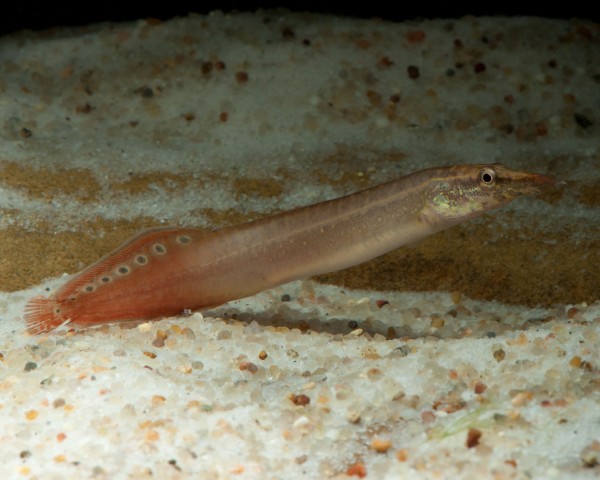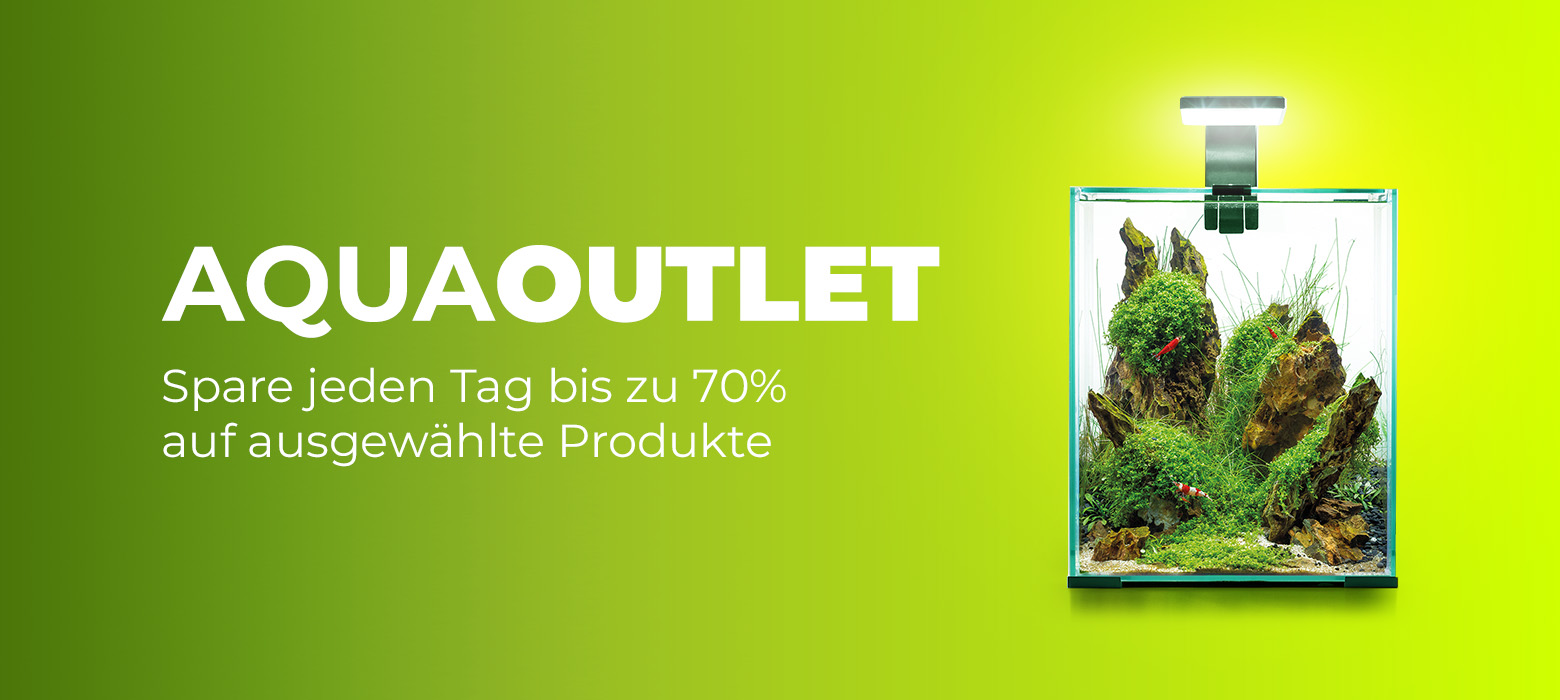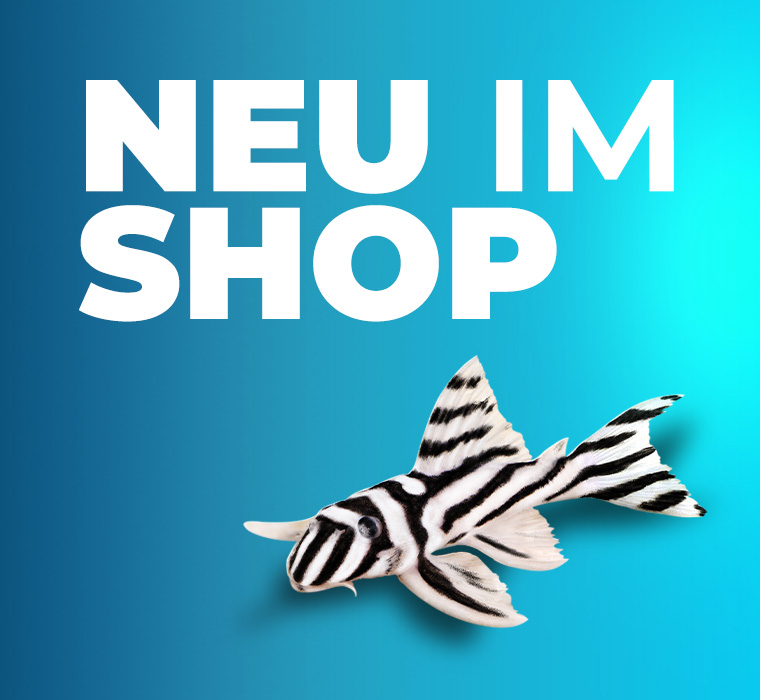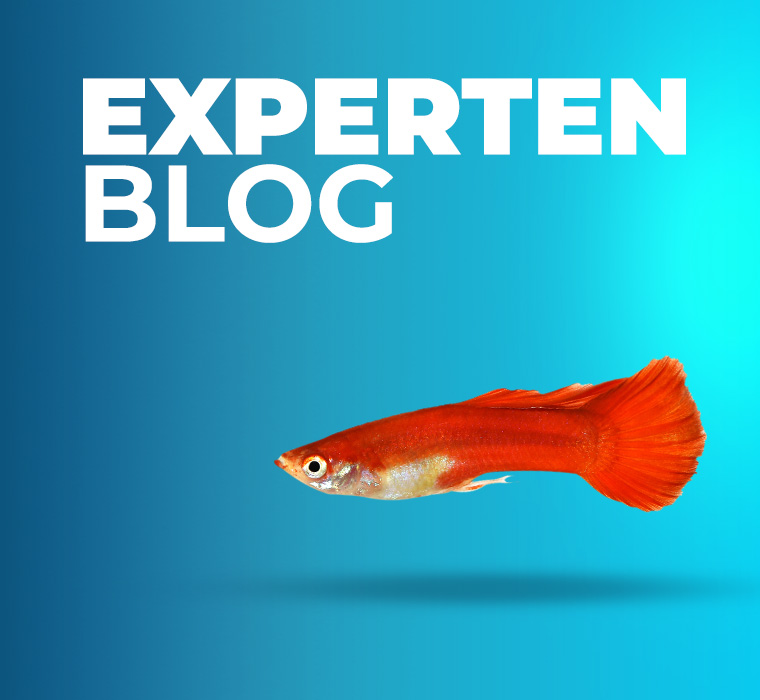incl. VAT plus shipping costs
Currently not available
Delivery only innh. Germany and Austria possible.
Switch to the German store
- Item no: 11195
Fast delivery times
All products are in stock with us!14 years of breeding experience
Let our team of experts advise you!High customer satisfaction
from over 3,000 reviews "| Water values: | soft to medium hard |
| Pelvic region: | Below |
| Temperature: | 25-30 °C |
| Feature: | Interesting coloring |
| Fish group: | Spiny eels |
| Aquarium size: | 250/300 l (approx. 120cm) |
| Planting possible?: | conditional* (see description) |
| Diet: | carnivore - meat eater |
| Final size: | > 12cm |
| Breeding: | medium |
| Origin: | Asia |
| Difficulty: | 2 - Normal |
| Visual effect: | Especially colorful |
| with snails/shells?: | Yes |
| Behavior: | Normal |
| with large crabs?: | No |
| with fish?: | conditional* (see description) |
| with dwarf crabs?: | No |
| with shrimps?: | Socialization not possible |
| with crabs?: | No |
The rather rare to get Macrognathus aculeatus "Red Fin", the red fin eye-spotted spiny eel, is a real rarity in aquaristics. Sometimes the fish is also called Macrognathus aral.
With a final size of maximum 35-38 cm the redfin eyespot spiny eel does not grow as large as other representatives of the spiny eel family. The natural range of the eyespotted spiny eel is in South Asia and Southeast Asia, where it is found in India, Nepal, Bangladesh, Vietnam, Thailand and the Malay Peninsula, as well as Borneo and Indonesia. The eye-spotted spiny eel prefers medium to large rivers with heavy vegetation, but is also found in marshes and wetlands in lowlands. Macrognathus aculeatus is known for its spawning migrations in freshwater. The variant "Red Fin" is a breeding form. After a period of acclimation, this aquarium fish is known to be long-lived and hardy. It can be kept in small groups, but also individually.
The body shape of the Eye Spotted Spiny Eel "Red Fin" strongly resembles an eel, even though its body is flattened on the side and not round like the European eel. The eye-spotted spiny eel appears strongly streamlined - an adaptation to its preferred hiding places in sometimes narrow crevices, to its burrowing lifestyle and of course to the current.
The base color of the redfin eyespot spiny eel is pinkish-pink, grading to an intense brick-red toward the caudal fin. In the dorsal fin and at the base of the caudal fin are the namesake eyespots, and through the eye is a golden longitudinal line that runs toward the caudal fin. The dorsal fin is connected to the anal fin via the caudal fin. On the upper lip, the eyespot spiny eel bears a proboscis-like appendage for foraging.
In its natural habitat, the eye-spotted spiny eel feeds as a carnivore on worms, insect larvae, fish larvae, and smaller fish species. In the aquarium, ornamental fish should also be able to help themselves appropriately to live foods such as worms, insect larvae, small shrimp and other small crustaceans. They can also be accustomed to frozen food and then eat very gladly black, red and white mosquito larvae, krill, Tubifex, Artemia and also fish meat. Even granulated food for carnivorous aquarium fish is taken from time to time. Redfin eye-spotted spiny eels are crepuscular or nocturnal and therefore do not do well in a community tank when fed during the day - therefore they should be fed mainly very early or very late.
The aquarium for a small group of about five Red Fin eyespot spiny eels should be equipped with a thicker layer of sand or fine gravel, in which the fish like to burrow. Robust plants, floating plants or perching plants on the roots and stones in the aquarium are recommended for planting. The aquarium must be covered without g aps, because the curious and lively Red Fin eyespot spiny eels can slip through even small gaps. In addition, the ornamental fish need a varied setup in the aquarium with hiding places made of clay tubes, roots or stones piled up with crevices. Because the eye-spotted spiny eels become quite large, the aquarium should be sufficiently dimensioned: at least 120 cm should be it for a group.
Eye-spotted spiny eels prefer soft to medium hard water with a pH of 6.5 to 7.5 and a water temperature of 23 to 28 °C.
Socialization of eye-spotted spiny eels with other similarly sized or larger peace-loving fish is very possible. Very small fish or shrimp will be eaten. With good structure Macrognathus aculeatus "Red Fin" / Macrognathus aral "Red Fin" can also be kept with conspecifics in a small group. The beautiful ornamental fish also tolerates single keeping very well.
The eye-spotted spiny eel is a free spawner. The female - recognizable by the thicker belly - spawns near the water surface in floating plants. The young fish grow up near the bottom. Breeding in the aquarium is possible and has been done successfully several times. Soft water is recommended, the fry should be raised in a separate rearing tank and take rather small live food in the beginning.
Our plant recommendation: Use for planting NatureHolic InVitros. These are free of snails, planaria and other unwanted co-inhabitants. Also free of algae spores, bacteria and fungi.
Expert Tip: We recommend for fish keeping the NatureHolic 3 Phase Liquid. The care set offers the best all-round protection for your animals. It ensures optimal conditions for successful breeding and keeping.
| Scientific name: | Macrognathus aculeatus "Red Fin", Macrognathus aral "Red Fin" |
| German Name: | Red fin eye spot spiny eel, red fin eye spot spiny eel, red fin eye spot spiny eel |
| Difficulty level: | for beginners |
| Origin/Distribution: | South Asia and Southeast Asia |
| Coloration: | golden pink, grading to brick red towards the tail. Eye spots on dorsal fin and at base of caudal fin, golden longitudinal stripe through eye running backward toward caudal fin |
| Age expectancy | unknown |
| Water parameters: | GH 5-15 °dGH, KH 3-10 °dKH, pH 6.0-7.5, temperature 23-28 °C |
| Tank size: | 120 cm and up |
| Food | Carnivorous, large live and frozen foods, such as artemia, floating shrimp, mosquito larvae, worms |
| Breeding | possible with some patience |
| Behavior | calm |
| Group size | Groups up to 5 animals or single keeping |
| Further information | Ten typical aquarium fish for beginners and alternatives to them, Tips for acclimating fish to the aquarium, Feeding aquarium fish properly - cheap food and what it can do |
- Item no: 11195
Entdecke die Garnelio Welt!
Garnelio gehört zu den größten Onlineshops für wirbellose Aquarientiere weltweit.
Viele Artikel gibt es exklusiv nur bei uns im Shop.






